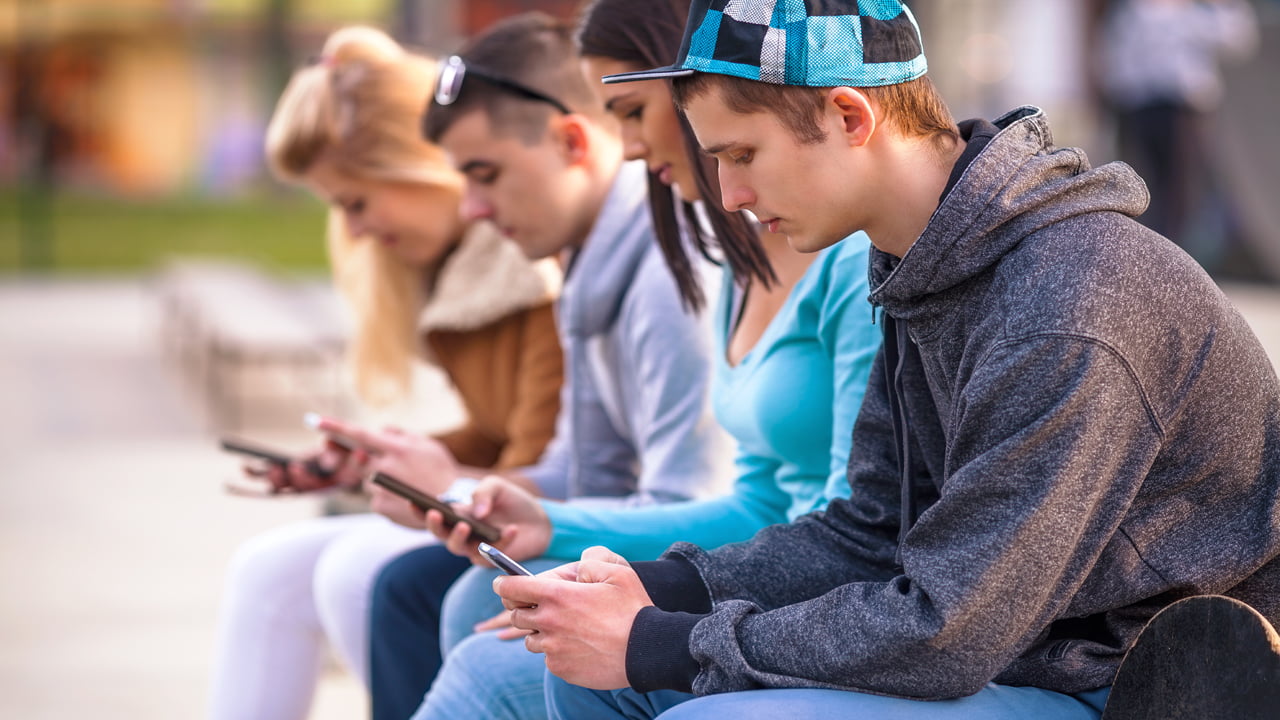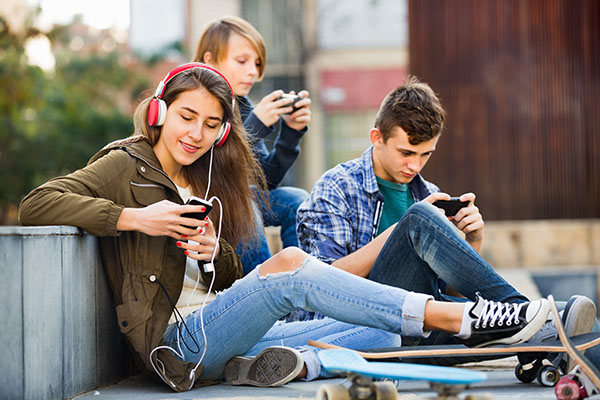Social networks and mental health problems: is there a connection?
The pandemic has had a particularly strong impact on adolescents, who have suddenly found themselves having to handle distance learning, no more social activities, and uncertainties about the future.
However, there is another major source of stress and sadness for the youngest generation. An article by Jean M. Twenge published in The Institute for Family Studies speaks of it. Dr. Twenge is a professor of psychology at San Diego State University and author of iGen: Why Today’s Super-Connected Kids Are Growing Up Less Rebellious, More Tolerant, Less Happy–and Completely Unprepared for Adulthood—and What That Means for the Rest of Us. She says that social media can be a “teen malaise” on the rise.
If the pandemic caused more mental health problems among teens, it wasn’t sudden, and it didn’t mark a sharp reversal of previous trends: this rise in sadness amongst teens began ten years ago.
A representative survey from the Centers for Diseases Control and Prevention (CDC) , in the spring of 2021, found that 44% of adolescents in the United States reported feeling sad or hopeless over the course of the last year. Yet, in the spring of 2019, 37 percent of teens had already reported feeling sad or hopeless¾prior to the onset of the Covid-19 pandemic.
This is the most notable spike in trends since the statistic rose by 26 percent between 2009 and 2019. And, concurrently, phenomena such as suicide and self-harm have also increased.
What happened during that decade?
Dr. Jean M. Twenge explains, ” I noticed the early increases in teen depression when I was writing my book about the generation born after 1995, titled iGen. At first, I had no idea why teen depression was increasing so much in such a short period of time. But then I noticed some big trends in teens’ social lives: They were spending less time with their friends in-person, and more time online. That tends not to be a good formula for mental health, especially for girls, and especially when that online time is spent on social media.”
If social media is responsible for certain mental health issues, what can be done?
Certainly, parents can do a few things. First, they can set a good example. A parent who wants to help his son or daughter to not be glued to a screen and socialize without the mediation of a cell phone needs to set an example for their child. We need to rationally examine our own behaviors. Can my child, by watching me, learn where the line between real life and virtual life is drawn?
Second, don’t allow children 12 and under to have social media accounts. Ideally, wait until well after they turn 13 to be on social media platforms. Dr. Twenge suggests even waiting until they are 16 years old. When teens are allowed to access social media, their time on certain apps should still be limited. She suggests an hour a day as a good time limit.
Unfortunately, this effort can be greatly hindered: children and adolescents want to be on social media because their friends are on social media, lest they’re being excluded by their peers. Additionally, many children and adolescents create social media accounts without their parents’ knowledge.
It’s certainly important that parents talk openly with their kids and explain that screen addiction and addiction to social media is an addiction and that sometimes going against the tide isn’t a bad thing. Maybe parents could propose their kids to spend more time face-to-face with others who are willing to do something different from the crowd that sits around with cell phones in their hands all the time.
And finally, why don’t parents discuss this amongst themselves as well? If so many people think that their child is “forced” to be on social media because other people’s children are on it, why not sharing with other parents the educational ways they would like to adopt in order to create a common cause/policy? It’s not always feasible, and not everyone will be willing to do so, but stirring the pot is just the first step.















